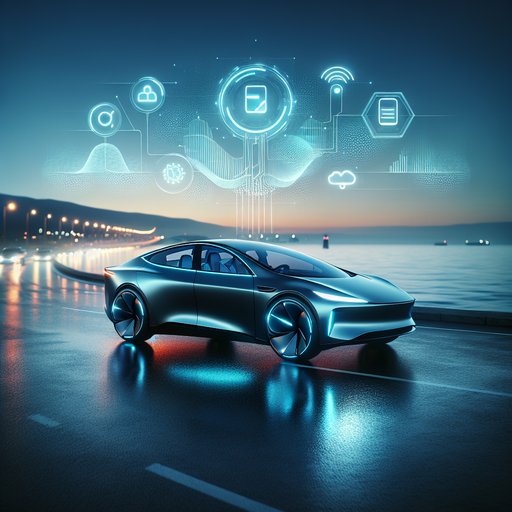
We spent a week and 800 miles with a 2025 BMW i5 eDrive40 to evaluate its iDrive 8.5 infotainment stack and connectivity. This review focuses on screen hardware, processing speed, voice control, navigation, smartphone integration, and over-the-air update behavior in real-world use.
The i5’s Curved Display pairs a 12.3-inch instrument cluster with a 14.9-inch central touchscreen, backed by iDrive 8.5 with QuickSelect tiles and the classic rotary controller. Our car added a head-up display, 5G-ready embedded eSIM with Wi‑Fi hotspot, wireless Apple CarPlay and Android Auto, four USB‑C ports with up to 45 W power delivery, and a cooled 15 W wireless charging pad. Audio was the optional Bowers & Wilkins setup (18 speakers, ~655 W); base cars use a 12‑speaker HiFi system. We tested in heavy urban traffic, suburban errands, and two 200‑mile highway stints, using an iPhone 14 Pro (iOS 17) and a Pixel 8 (Android 14).
The Personal eSIM was provisioned on AT&T; an OTA map update and one minor OS patch installed during the week. Conditions ranged from midday sun to night rain, with deliberate cold starts, hot restarts, and gloves-on interactions to probe latency and ergonomics. Cold boot to a usable home screen averaged 22–25 seconds; the reverse camera was available within 2–3 seconds after pressing Start, which matters in tight garages. Once running, the UI feels fluid: map pans and zooms respond immediately, tiles animate smoothly, and app launches typically take 0.5–1.0 s.
The rotary controller remains precise on bumpy pavement, and the Favorites bar (eight slots) meaningfully reduces menu dives when assigned to climate, seat heat, and common nav functions. Navigation is a strong suit. The AR overlay draws lane arrows and junction labels clearly, with camera-to-overlay alignment that stayed stable even in glare. Address dictation succeeded on 18 of 20 attempts; the voice assistant handled natural requests like navigate to the nearest DC fast charger and set cabin to 70 with minimal fuss.
Cloud-dependent queries return in about 2–3 s on 5G; spotty coverage slows POI searches but cached maps prevent total failures. Smartphone integration was rock solid. Wireless CarPlay reconnected within 8–10 s after restart; Android Auto within 12–15 s. We observed no dropouts across the week, and audio-video sync in streaming video apps parked was clean.
Dual-phone Bluetooth worked as advertised, with one device for calls and another for media. Call clarity is excellent; beamforming mics cut road roar at 75 mph. The B&W system delivers tight bass and clean staging; at volume 30/50 dialogue remains crisp, though base HiFi lacks some low-end authority. Usability is mostly well judged.
The persistent climate strip helps, but seat and wheel heating still take two taps unless favorited. Sunlight readability is strong and polarization artifacts are minimal. OTA updates installed in the background without disabling core functions, and the app catalog covers essentials like Spotify, YouTube (parked), and AirConsole. Overall, iDrive 8.5 blends speed, features, and redundancy better than most rivals; only Mercedes’ MBUX matches the depth of native navigation.
If you value wireless integration, robust voice control, and a physical controller backup, this is a benchmark setup.












